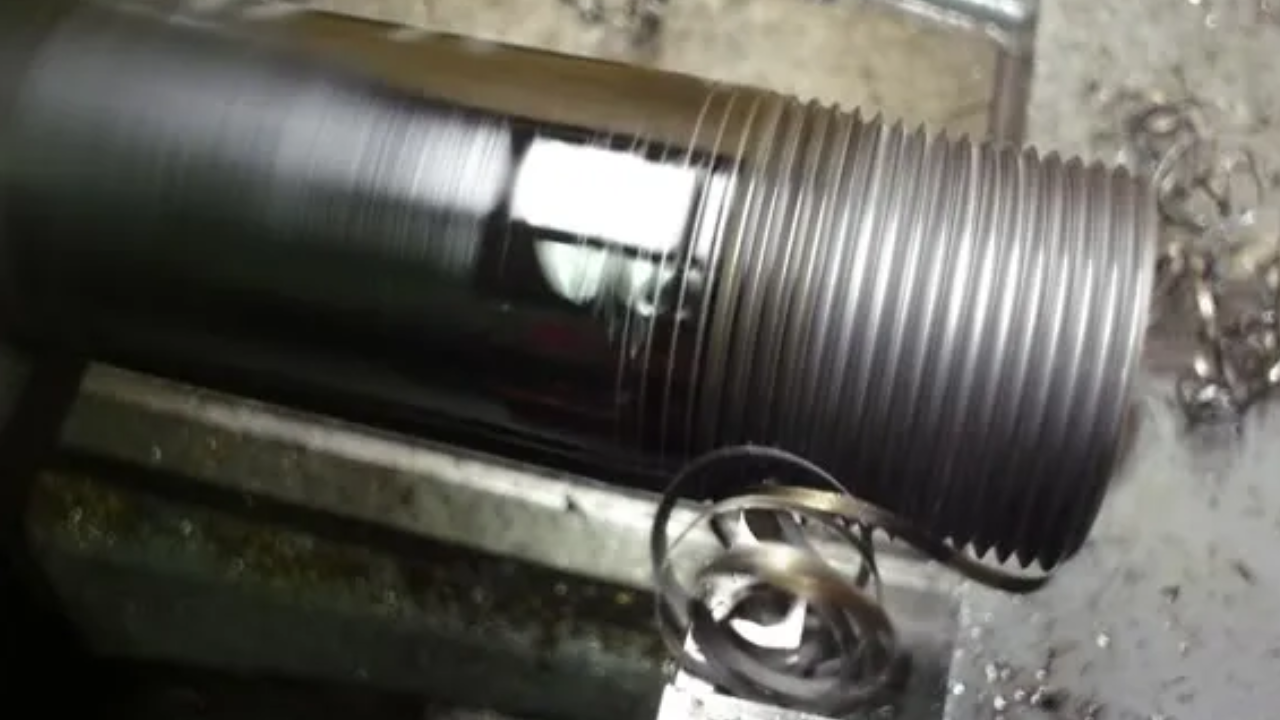Line pipe is a form of steel pipe that is specifically made for moving materials like water, natural gas, petroleum, and oil over long distances. It is a key part of the movement of resources. The American Petroleum Institute (API) has strict metallurgical parameters that must be followed for line pipes, which are made of high-strength carbon steel, to meet industry standards for strength, durability, and pressure tolerance.
Selecting our line pipes means investing in a product that ensures resource transmission that is dependable, safe, and efficient. You can take advantage of UNIACERO’s wide selection of line pipe, which are designed to meet the needs of various applications and guarantee lifespan and excellent performance.
How Are The Corrosion-Resistant Line Pipes Maintained?
Coatings and catholic protection help shield line pipes from corrosion. Coatings applied externally, like polyethylene or epoxy, act as a shield between the pipe and corrosive substances. To further stop corrosion, catholic protection techniques include impressing a current or using a sacrificial anode. One way to prevent internal corrosion is by using coatings or inhibitors. To guarantee that these corrosion prevention techniques continue to be effective, routine maintenance and inspections are necessary.
Safety Precautions Are Used When Installing Line Pipes
The following general safety precautions are frequently used when installing line pipes:
Design and Material Selection:
The design stage is when line pipe safety begins. Engineers have to take things like corrosion resistance, wall thickness, and pipe material into account. Selecting premium materials and using cutting-edge design methods make a big difference in the installation’s overall safety.
Regulatory Compliance:
Adherence to industry norms and rules is a must and cannot be compromised. To guarantee that line pipe installations meet the greatest safety standards, regulatory authorities create rules and codes. To receive the required permissions and certificates, companies are required to adhere to certain regulations.
Quality Control and Inspection:
Strict quality control procedures are carried out when line pipes are manufactured. To find any flaws or faults in the pipes, sophisticated inspection methods are used, including X-ray analysis and ultrasonic testing. Installations only employ pipes that either match or above industry requirements.
Pipeline Integrity Management:
Systems for pipeline integrity management are used to monitor and evaluate the state of the line pipes during the operational period. To identify and mitigate any threats to the pipeline’s integrity and ensure its safe and efficient operation, routine inspections, maintenance, and testing are carried out.
Cathodic Defense:
Line pipes are seriously threatened by corrosion. Systems for cathodic protection are used to stop corrosion and increase pipe longevity. To combat the electrochemical process that causes corrosion, sacrificial anodes or impressed current devices are used.
Plans for Emergency Response:
Sturdy emergency response strategies are essential for managing unplanned events like leaks or breaks. Procedures for promptly identifying, isolating, and handling pipeline crises are outlined in these plans. Frequent training exercises and drills guarantee that reaction teams are equipped to handle any scenario.
Monitoring and Surveillance:
To continually monitor the operational parameters of the line pipes, advanced monitoring systems—such as SCADA (Supervisory Control and Data Acquisition) systems—are used. Alerts are triggered by any deviation from standard operating conditions, enabling operators to take prompt corrective action.
Environmental Protection Measures:
Installations of line pipes frequently pass through environmentally delicate locations. Lowering the influence of pipeline operations on the surrounding ecosystem is possible by putting environmental protection measures in place, such as habitat preservation and animal monitoring.
Public Awareness and Education:
It’s critical to build relationships with nearby communities and spread knowledge about pipeline safety. Campaigns for public awareness educate locals about pipelines, possible hazards, and the significance of reporting any suspicious activity near the pipeline right-of-way.
Finally
It is crucial to guarantee the safety of line pipe installations. Comprehensive safety precautions are essential, ranging from strict design and material selection to regulatory compliance, quality control, and sophisticated monitoring systems. Plans for emergency responses, preservation of the environment, and raising public awareness all add to a safe infrastructure that guarantees the sustainability and integrity of energy transportation networks.
